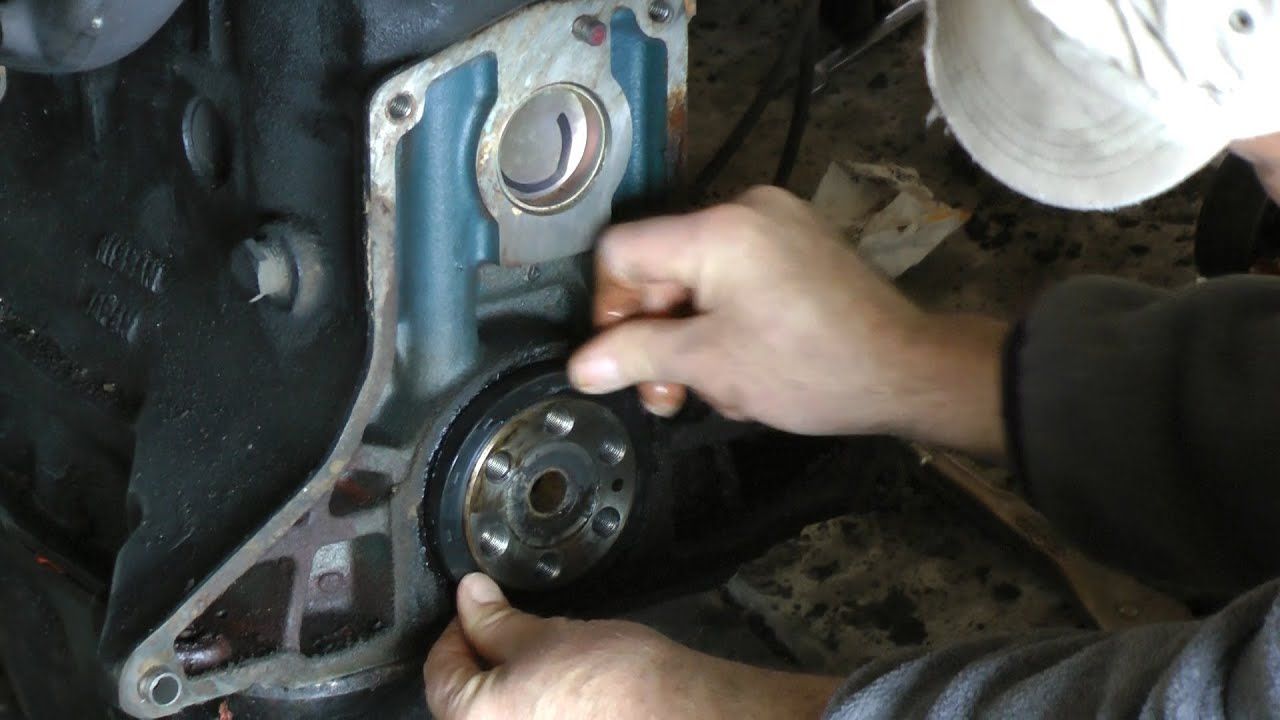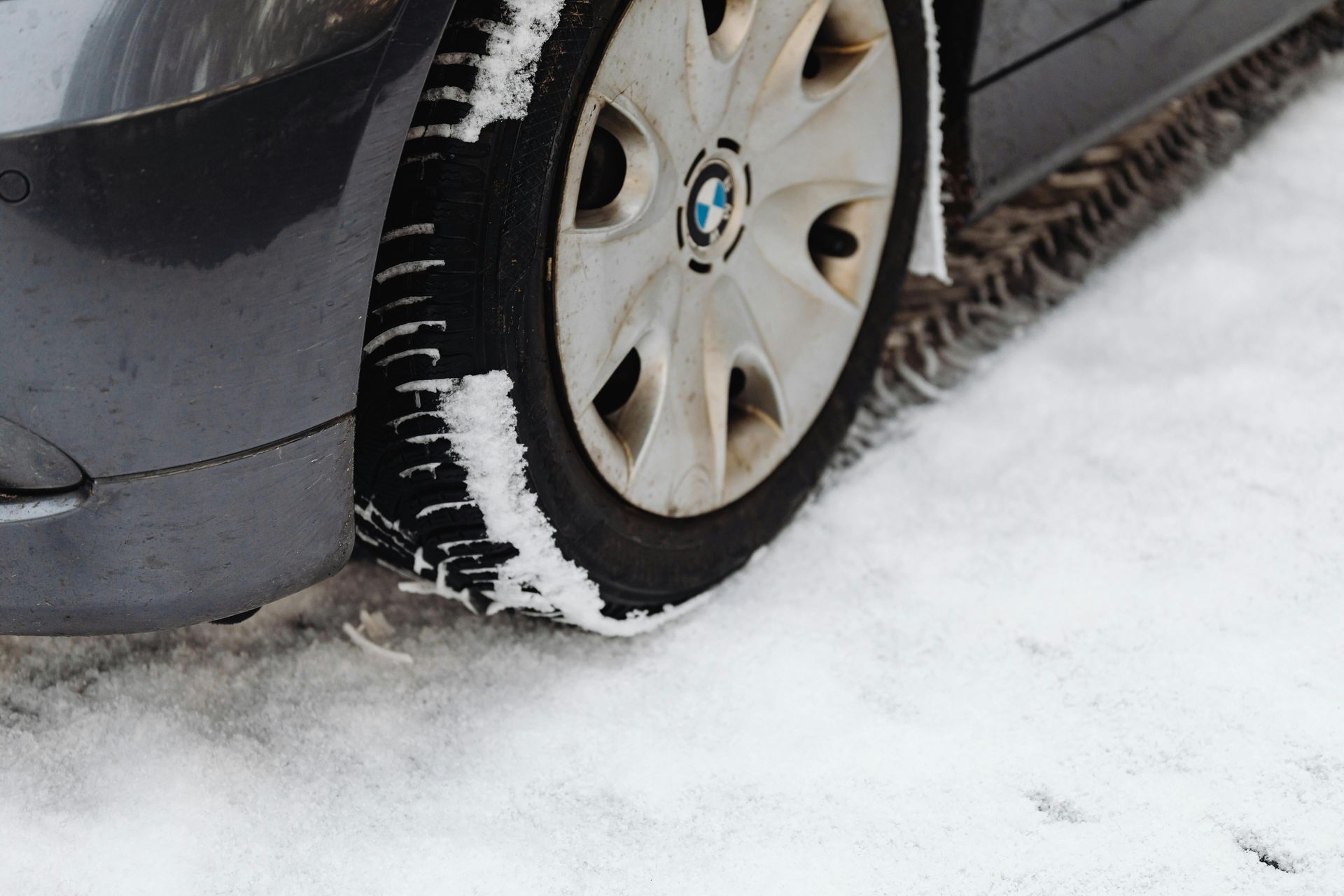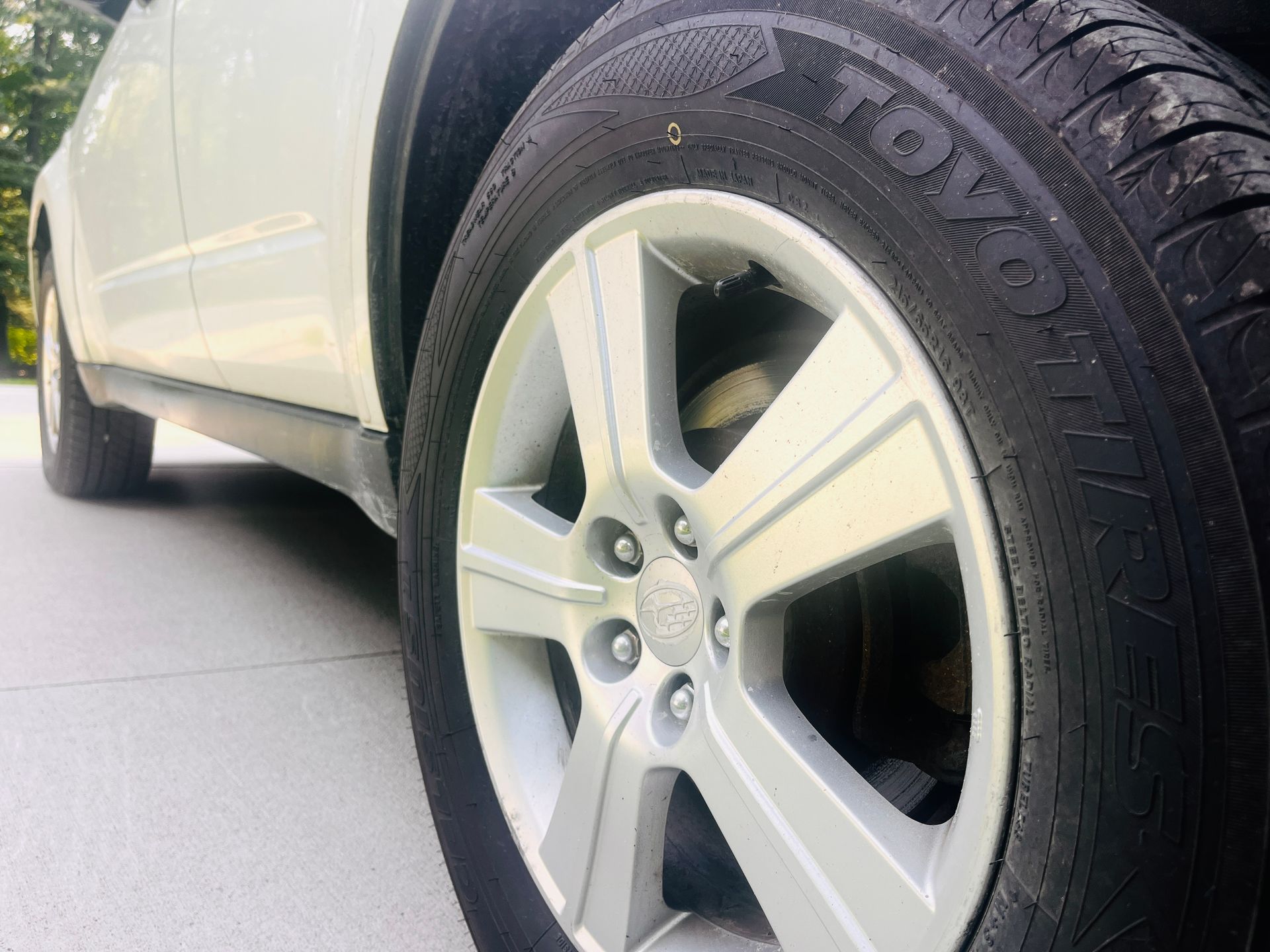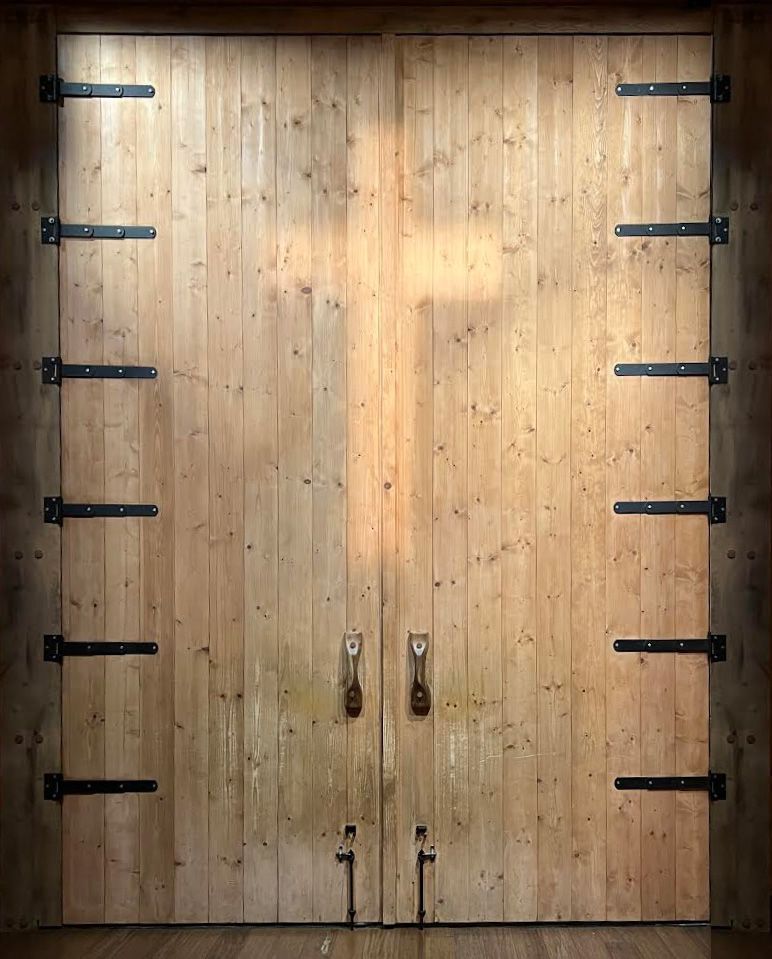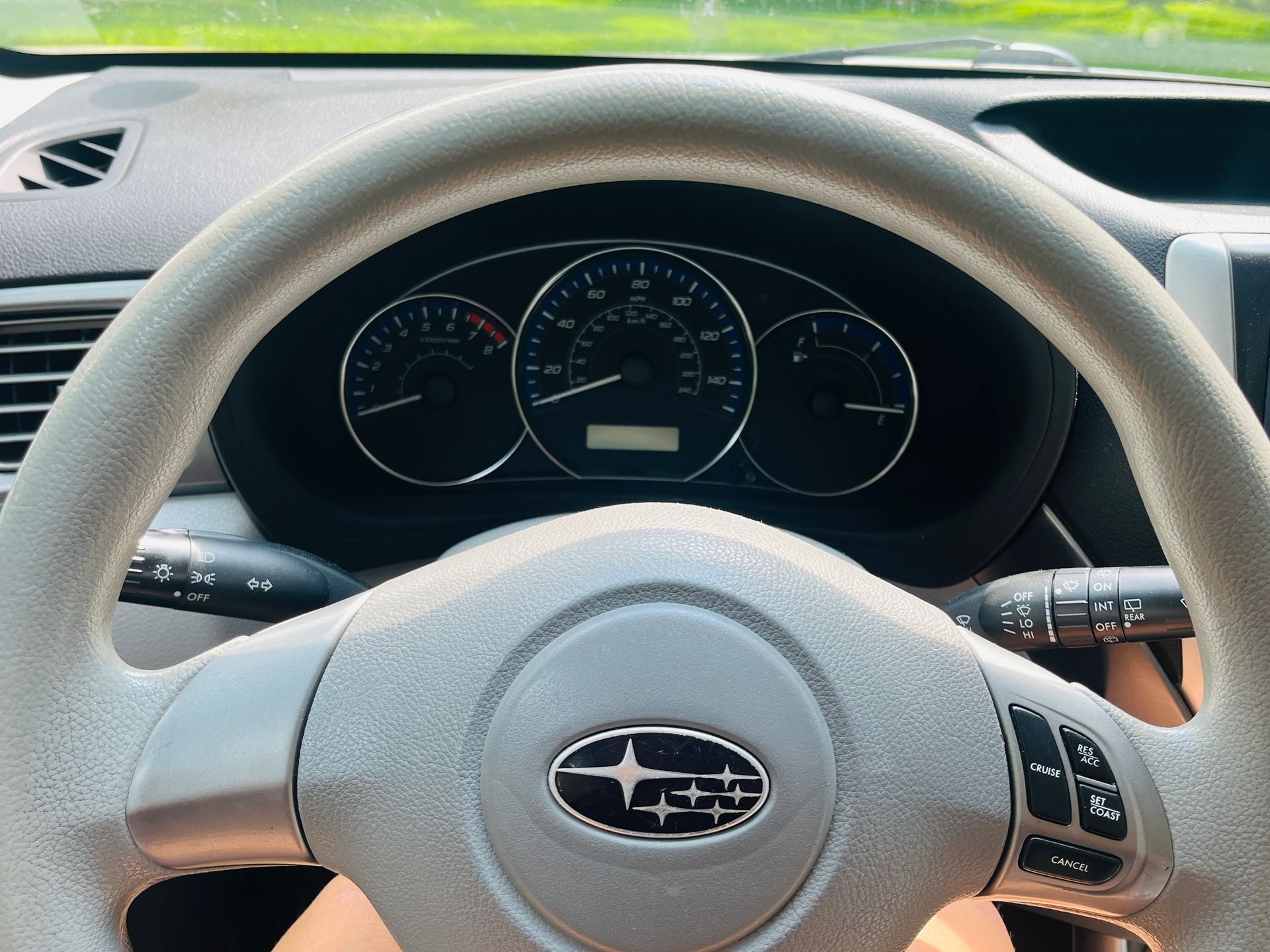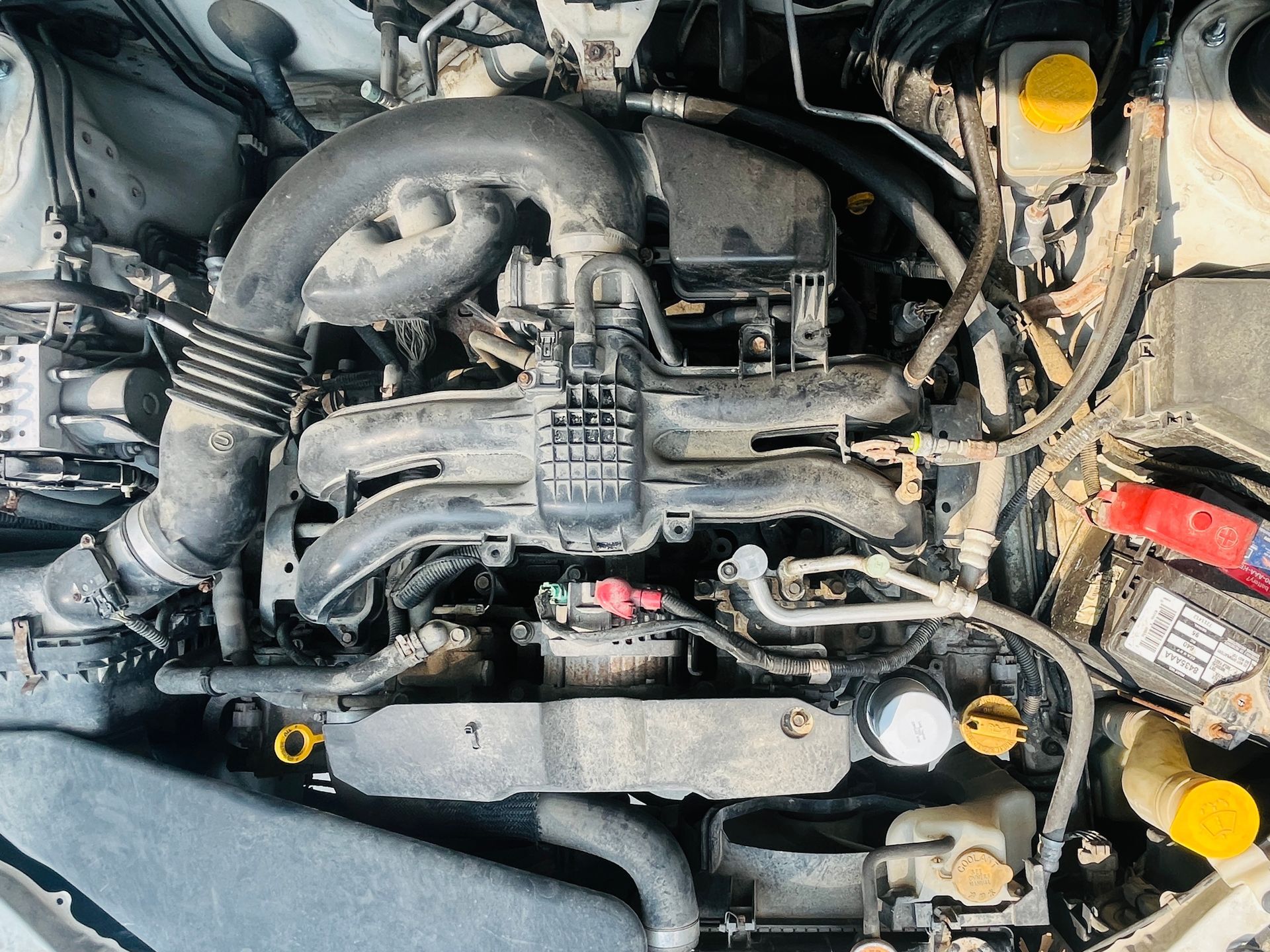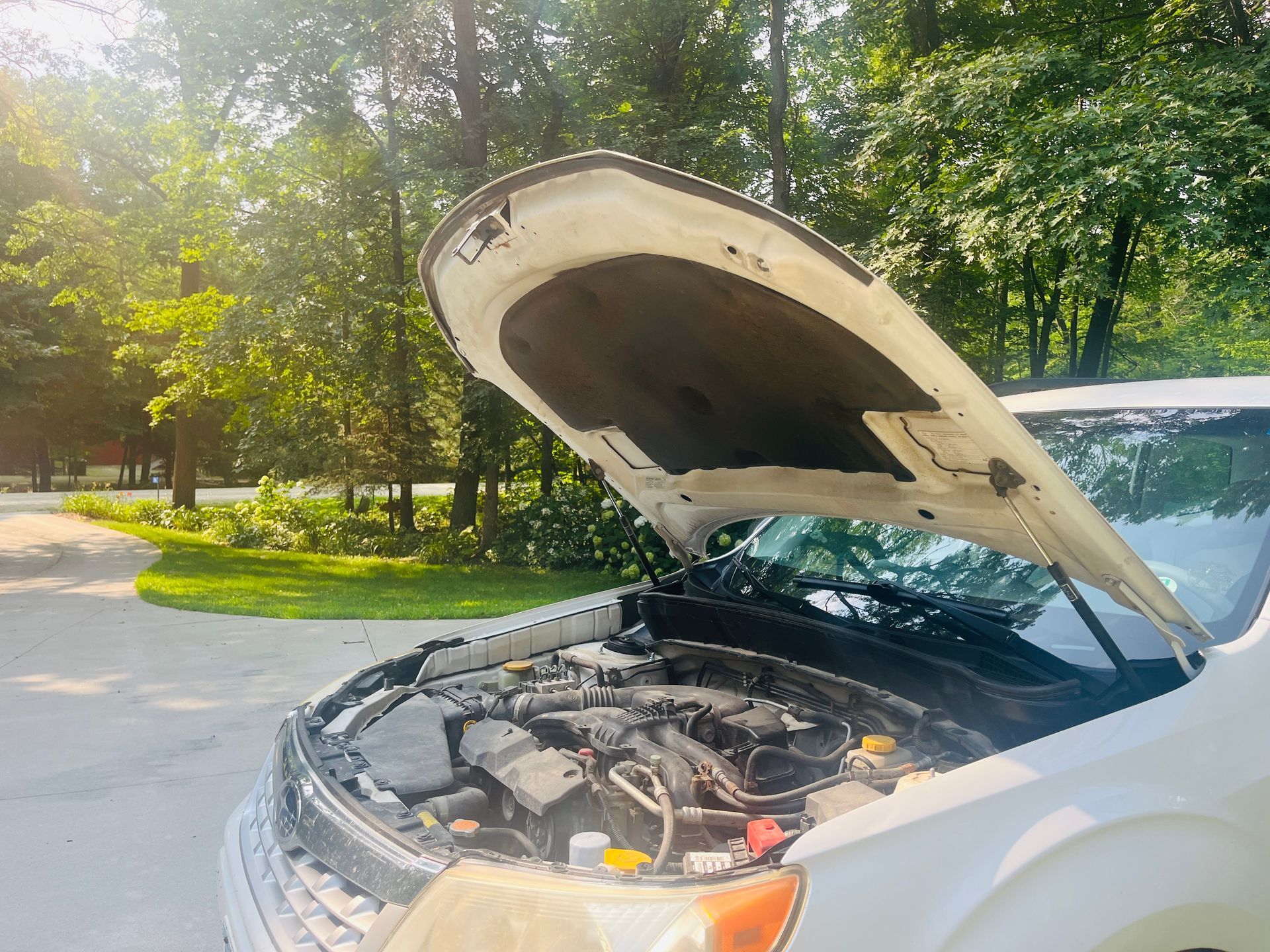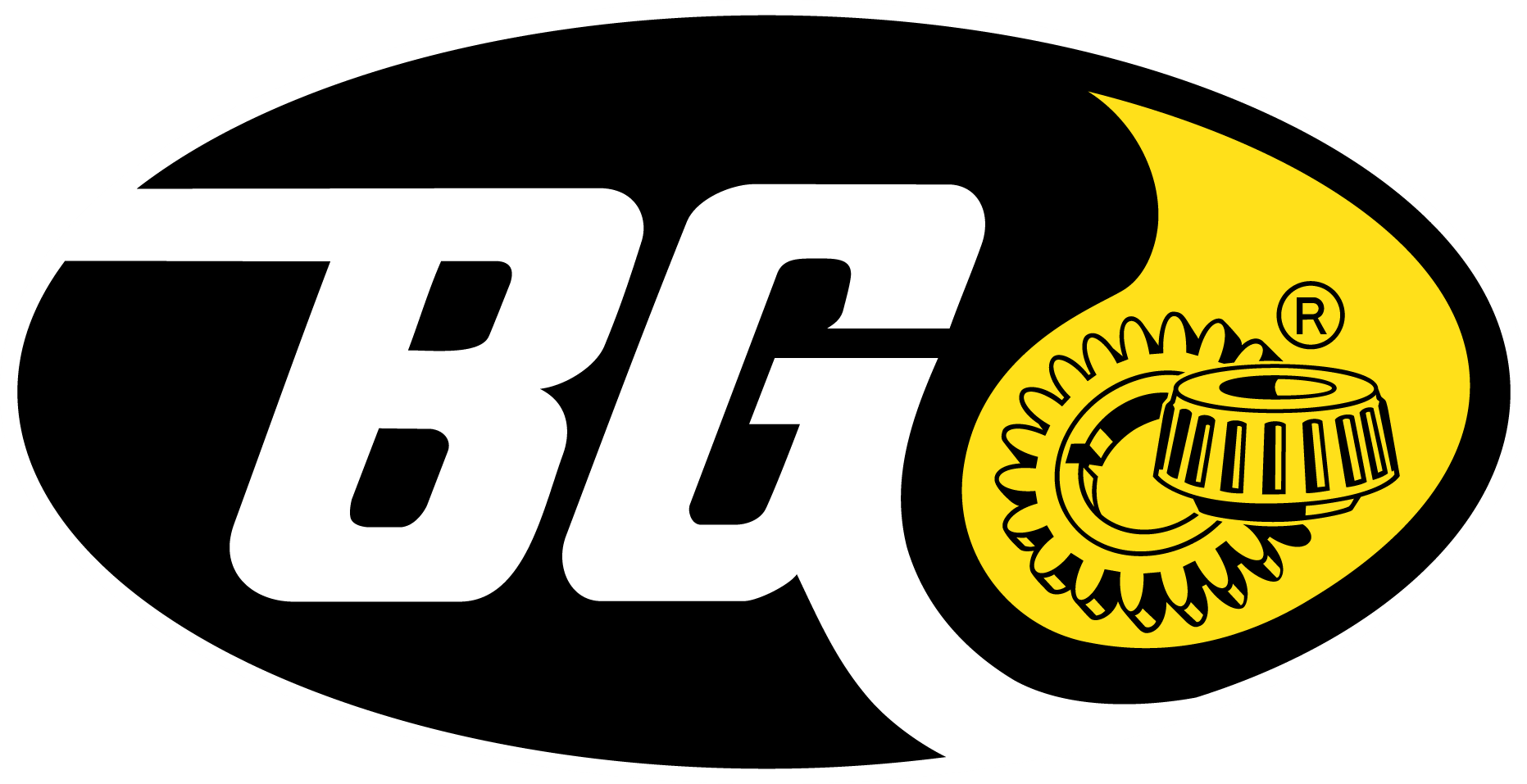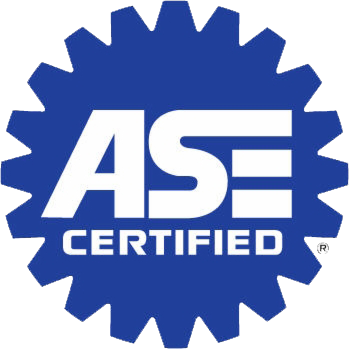How much does it cost to diagnose a car?
April 5, 2018
What can we learn from robots and mechanics? A lot.
Creativity. Teamwork. Time Management. Intelligence. Positivity. Integrity. Efficiency. Punctuality. Problem solving. Leadership. Preparedness. Effective communication. Passion. Respect. Productivity. Hard work ethic. This is a list of characteristics most parents yearn to have their children exhibit as they become adults. Wouldn’t it be great if there were a group that helped students learn these attributes? Incredibly, there is! It’s called Robotics.
Our son Jayden joined the Byron Cybears Robotics team a year and a half ago. Though he had already exhibited many of these qualities being employed at our shop, we were blessed to see him use and grow his skills and gain new ones as he quickly became one of the leaders on the team this year.
I’ve seen and heard how this astounding group of young men and women (36 active members) has also grown in many of these areas as they were challenged by each other and by an incredible group of 15 adult volunteer mentors. I am in complete awe of how dedicated the students have been and the lengths the volunteers go to in order to help them succeed—to the point of taking vacation days from work! What they have accomplished is truly remarkable.
Last summer the members from the 2016-17 robotics team spent a great deal of time recruiting students to join them for this school year. As the team was being assembled, the coach, Sean Herberts, along with the group of talented mentors, began investing a great deal of time into the student leadership. Together they strategically planned the culture, structure, and goals of the team.
Student leaders made sure every new student was greeted and worked to engage all members to help them determine which role would best suit their abilities. The leaders also led the pre-season activities September through December to prepare for the robot build season and competitions. The team, although working as a whole, is divided into seven sub-teams.
Robotics sub-teams
Media and Awards – works on branding, website, social media, advertising, and award preparation
Scouting and Strategy – makes initial strategy plans, learns about other team’s robots and strategies, and assesses other teams during matches to determine a change in strategy
Design and Build – designs and fabricates the robot and ensure it meets strict requirements set forth by FIRST
IT – updates and maintains all technology and troubleshoots problems that arise
Programming and Autonomous – programs the robot to work both in teleop (human-operated) and autonomous (pre-programmed) modes
Outreach – gains sponsorships from businesses and building relationships with them, and does community outreach
Drive Team – drives/controls the robot during practice and matches
Ultimately, these sub-teams worked together as they were guided, challenged, and encouraged by each other and their mentors to accomplish their preseason goals.
For Inspiration and Recognition of Science and Technology (FIRST) is the international youth organization that operates the robotics competitions, the ultimate sport for the mind.
FIRST releases the “game” they develop each year at the beginning of January; this year’s game is called “FIRST Powerup.” The Cybears came together on January 6th for the kickoff event where they learned about the field, rules for game play, and specific and restrictive rules for building the robot. They discussed strategy, finalized sub-teams and each group started planning.
This was followed by the six-week build season where the team brainstormed, made physical concepts/prototypes of robot parts, and started targeting awards they wanted to achieve. The robot was assembled, weighed, and tested as the team ensured it met all of the requirements and restrictions. At the end of the six weeks the robot was sealed in a bag and could not be altered or touched until their regional competition two weeks later. During that time the team worked within their sub-groups to prepare for every aspect of the competition.
The regional competition for the Cybears took place in Duluth March 8-10. After the robot was removed from the bag, the Cybears were allowed to add up to 30 more pounds of prefabricated parts as well as alter the programming and other aspects of their robot. As the practice rounds were underway, they were able to assess how their robot compared to others, see how well it performed on the game field, and collaborate in what adjustments needed to be made for better performance. These responsibilities fell to the pit crew made up of various team members from several sub-groups. The pit crew also assessed problems or potential problems as the competition progressed. They came together to adjust their robot and diagnose and fix problems that arose.
It really is something to see such a large group of brilliant and like-minded students work as a team to stay positive and exhibit so many of the qualities I mentioned previously, even when there were failures, problems, and challenges to overcome. They pressed on and persevered, placing 12th out of 58 teams!
As the proud mother of one of the leaders who was also the driver of the robot, I got the inside scoop of problems that arose during gameplay. Similarly, as the owner of an auto repair shop, I get the inside scoop of diagnostic problems that arise with some of the vehicles that come into our shop. The depth and complexity of both of these boggle my simple, non-technical mind.
How about you? When something goes wrong with your vehicle, do you know how to diagnose it? Do you Google the problem? Or do you rely on your favorite auto shop to figure it out for you? Do you know the process they go through to do this for you? Do you understand all that is involved? Do you understand why the cost of vehicle diagnosis is what it is? Let’s explore these questions a bit and discover what you can do that might expedite the diagnosis of your vehicle.
Is Google all-knowing?
If you are anything like me, you have become accustomed to consulting Google any time you want to diagnose a problem whether it be with your vehicle, your health, home improvement project, or what have you. There are occasions where you might just find the solution for your problem. But oftentimes, when it comes to the health of your body or your vehicle, you need help from a diagnostic professional.
We’ve had several customers over the years come in with answers to what they thought was their vehicle’s problem. There have been times when these customers ask to forgo the diagnosis and replace the part they request. Is this something you have done?
From my experience, more times than not, when the customer listens to the diagnostic results, they end up with a better solution and save time and sometimes money by having the correct service(s) performed. Sure there are times when the part may fix a problem, but wouldn’t you rather, for the sake of time and peace of mind, have the problem verified prior to replacing parts?
Doesn’t a scan tool diagnose it for you?
A common misconception is that automotive technicians simply hook up a scan tool that immediately gives them the answer to the problem. Is this what you believe? Do you understand the role of a scan tool in your vehicle’s diagnosis? Is there a difference between the tools used by mechanics and ones used by parts stores?
While there are some parts stores who have cheap scan tools that can help narrow down your problem for free, often they are not useful to people who know little about cars and don’t know what the codes mean. Certainly, there are occasions when the parts store clerk can assist you in possibly figuring out simple problems. But typically, this is not the case.
Auto repair shops use scan tools they have purchased for various makes and model vehicles and hold subscriptions for these tools so updates can be done as needed. This costs your auto repair shop thousands of dollars. Even at that, the tool generally does not give a definitive diagnosis.
The real reason the scan tool is used is to assist the technician in narrowing down the problem so that they can do more testing to make a definitive diagnosis. The codes that are revealed are kind of like zip codes: a zip code helps you to know a general area to find a person but it doesn’t give you their exact home address. More info and tests are needed by qualified technicians to properly and expertly diagnose your vehicle’s problem.
Is there value in diagnostics?
We are often asked, “How much does it cost to diagnose my vehicle?” This is a loaded question. First of all, vehicles today consist of many different systems and hundreds of parts and computers. The cost will depend on the degree of difficulty and the time it takes to figure it out. If the problem is relatively simple, the cost will be less than a problem that requires many tests. Cost also depends on the experience of the technician working on your vehicle – a seasoned mechanic can likely find a problem faster than a newer, less experienced technician.
Typically the shop foreman, who knows their team well, will dispatch diagnostics to the automotive technician that is most qualified to diagnose your particular vehicle, both in make/model and in the presenting symptoms or problems. The technician will then take your vehicle, if it is safe to do so, for a test drive so that they can experience the problem themselves and note any other symptoms they find. They will then follow diagnostic procedures using an array of tools to help narrow down the problem, including but not limited to the scan tool.
There are times when a definitive diagnosis can be found within the initial hour of testing, but there are also times when more testing is needed to find and verify the problem. Therefore, the cost to diagnose your vehicle can vary depending on the amount of time and testing it takes to find the origin of the problem.
What can you do to help?
For the sake of a more efficient diagnosis of your vehicle, it is imperative that you relay all symptoms, what you see, feel, hear, etc., to your mechanic. You know your car, truck, or SUV the best. You know when something is wrong. Note what it is, when it happens, and if there are any circumstances that the problem seems worse. If it’s an intermittent problem, it is even more important to keep track of all the details and symptoms when the problem occurs. And, if it is safe to do so – if you are not driving when it happens or if you have a passenger to help while you are driving – take a video and/or pictures and show them to your mechanic. These can be very valuable to your diagnostic technician. In fact, any information you can give will likely assist the technician in diagnosis and it may, ultimately be less expensive to you.
In recognition of National Car Care month, it has been my joy to honor the valuable technicians we have today who keep our vehicles healthy and safe on the roadways as well highlight the great group of young men and women from the Cybears Robotics Team who are bound to be a great asset to the future of our country.
Both of these groups wonderfully display an array of great attributes.

